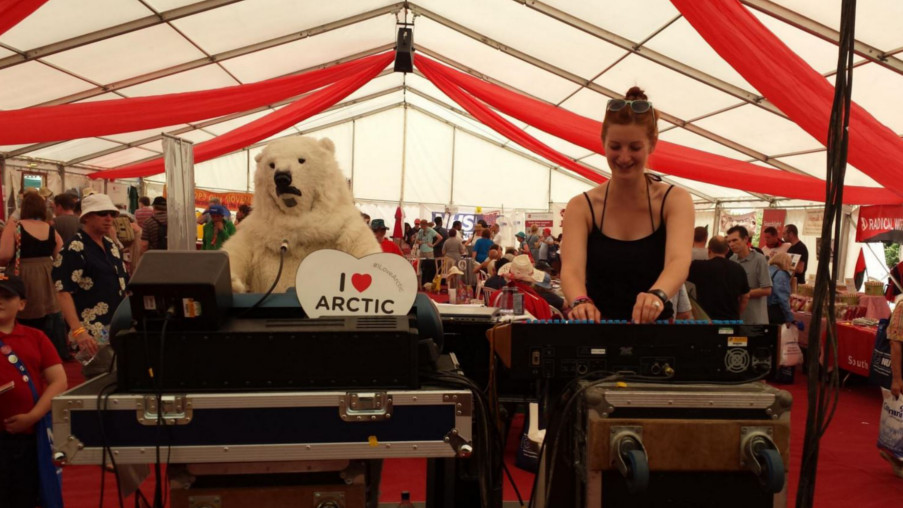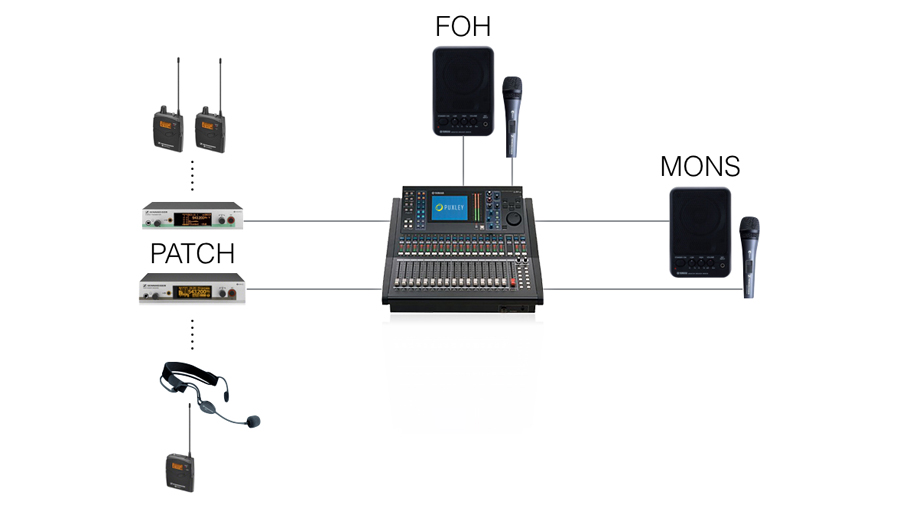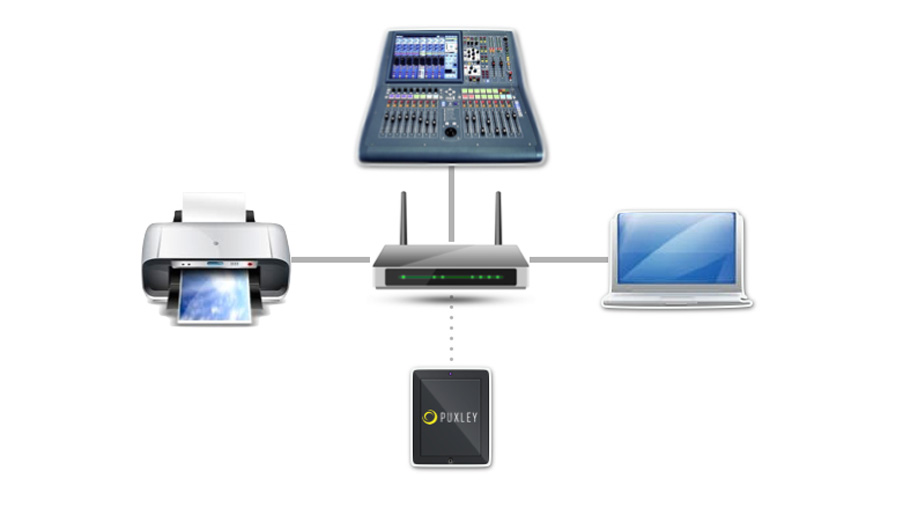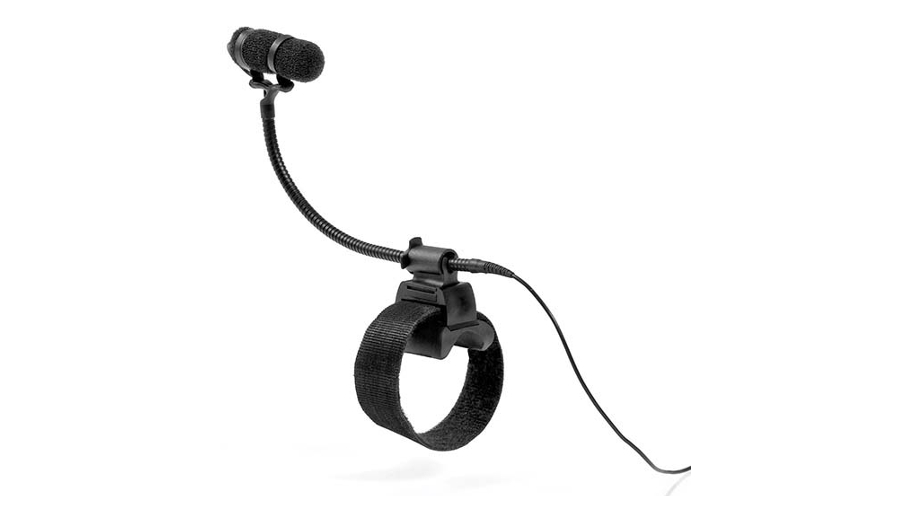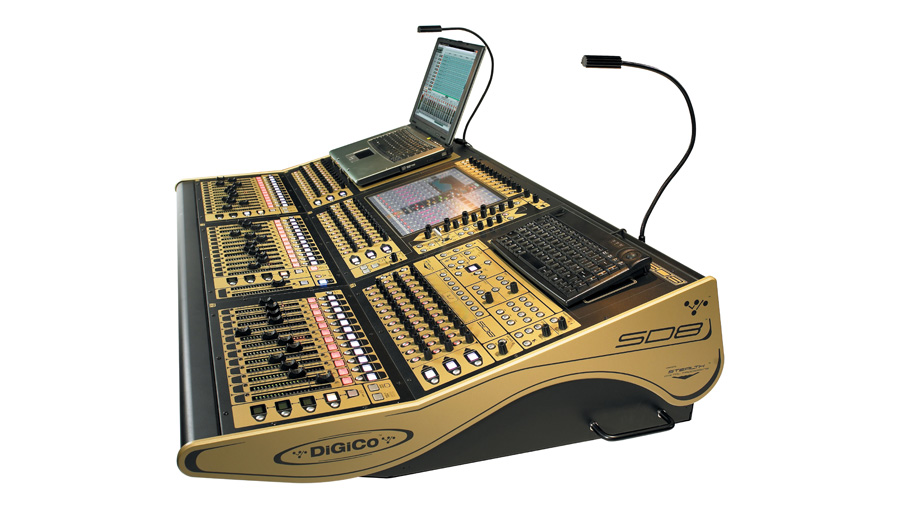Time Alignment in Modern PA Systems
Posted on / 25 May 2016
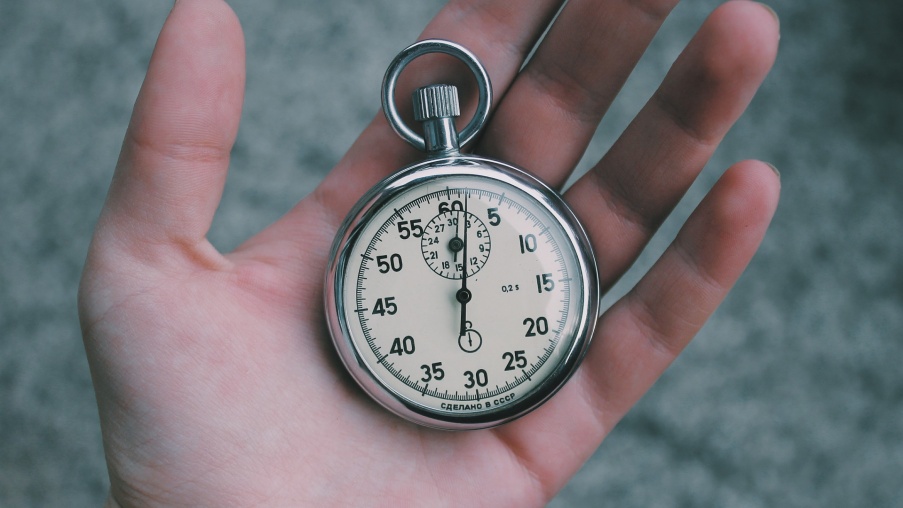
Or, the importance of punctuality!
A Bit of History?
Festival PA systems have not always been smooth, high-quality affairs, specified by laptops wielding technicians and erected with care and attention by professionals. At the very beginning of our industry, the technology didn’t exist to take full advantage of the theory which had been described in the years before. The typical ‘festival rig’ was a hodgepodge of loudspeakers and amplifiers, connected together with bits of wire wrapped around binding posts. It was usually sat in a great pile to either side of the stage, where it was punishingly loud at the front, and whisper-quiet at the back, with almost as much sound coming out the back and sides as came out the front! No time alignment was required (or sometimes, possible!), as the loudspeakers were all in the same physical space. This sufficed for a time, but there was a clear call for more flexible systems that were easier to move, set and strike, with better tonality and more even coverage. Enter: The line array!
The Situation
To begin, imagine a typical modern loudspeaker system for a large-scale festival. The system might consist of a line array hung to address the main audience area, with subwoofers stacked on the ground along the front of the stage, plus frontfill loudspeakers on the lip of the stage, and perhaps yet more loudspeakers for outfill or delay to reach the extremes of an audience area.
Let’s think physically for a moment – simply put, sound travels at a finite speed of 343m/s. Most listeners will not be the same distance away from every loudspeaker in our system. Thus, in an un-aligned system, the listener will hear sound from the loudspeaker closest to them first, and then shortly afterwards will hear sound from the next-nearest speaker, and so on until we run out of speakers pointed towards the listener. This phenomenon of multiple arrivals (known to those in the trade as ‘path length difference’) has a detrimental effect on our audio – in a system that has no time alignment clarity is reduced, and overall tonality is destroyed.
The Problem
The ear-brain system is a fantastically sensitive and complex instrument. Because of this, differing arrival times will manifest differently in our listening – broadly speaking (as this depends on the type of source material, the listener, the environment, and also the number of loudspeakers), sounds arriving within roughly 30ms of each other can still be perceived as one arrival, but may be altered tonally by comb filtering. After that point, listeners will begin to hear a distinct doubling of the source material, coming from two distinct loudspeakers. This threshold varies from listener to listener, but either effect is not desirable in any case.
0ms delay
0.1ms delay
0.5ms delay
10ms delay
30ms delay
The above audio examples contain the results of two identical tracks being summed within a digital audio workstation. The first example has both tracks at identical volume, with no delay applied. The other examples have increasing amounts of delay applied to the second track. Notice that comb filtering causes a noticeable and negative effect on our audio even with a delay of only 0.1ms – in the physical world, this would be a path length difference of just 3.4cm!
It should be noted that the above audio examples are worst-case scenarios, as they have been perfectly summed at equal volume digitally and presented to you – in the real world, this summation would be affected by level differences, stage noise, and reflections from other surfaces within the room, as well as actually coming from two or more different speakers! However, a system with poor time alignment may still be localised by the listener as several different loudspeakers clustered around a band.
The Objective
We, as system engineers, want the mix engineer’s work to be presented as clearly and uniformly as possible across the entire audience area, whether the audience member is stood right in front of the stage, or behind the front of house position, or against a wall up in the circle. d&b audiotechnik sum this up very well with their motto, ‘Democracy for listeners’. A worthy aim for any loudspeaker system! This means that our system design needs to be top-notch to begin with, to make our job while on-site as simple as possible. It then means spending some quality time with a measurement microphone and dual-channel analyser, such as Rational Acoustics’ Smaart, or WaveCapture’s Tuning Capture.
The Solution
We can reduce this ‘hearing multiple speakers’ effect by carefully designing our loudspeaker system, taking into account the dispersion characteristics of each element of the system, to make sure as much as possible that only one loudspeaker is pointed at a particular area of the audience. One of the reasons that Puxley use d&b audiotechnik loudspeaker systems exclusively is that their dispersion characteristics are very uniform – simply put, sound comes out of the front, and gets uniformly quieter the further off-axis you get.
The first step in deploying our system, is to arrange for minimal variations in path lengths between loudspeaker elements for a given listener. What this means in practical terms is putting loudspeakers as close together as possible. A common technique might be placing your frontfill loudspeakers at the outermost edges of the stage firing inwards, rather than having them set up on the front lip in a more central position. Obviously this can have ramifications for our gain-before-feedback, so careful thought is required in the planning stages.
Once our speakers are positioned and aimed appropriately, we can start aligning them by applying signal processing to them – delay. If we have two loudspeakers, and one of them is 3.7 metres further away than the other, sound from the nearest speaker will arrive roughly 92 milliseconds before sound from the farther one. We can electronically align the output of the nearer speaker by 92ms to make up for this – now, sound from both speakers arrives to our listener at the same time.
So, we do our measurements and apply some delay to our frontfill loudspeaker. But, what about someone further along the same seating row, closer to the centre of the stage? The arrival times will be slightly different, because they’re sat slightly nearer to one speaker, and further away from the other.
This seems like an impossible task, doesn’t it? As soon as you optimise your arrival times for one particular point in the audience, you can take a step to the side, and suddenly all of your carefully-measured delays are wrong! Physics gives us a helping hand here. Think back to our audio examples from earlier. They were all summed so that the original track and the delayed track were at equal volume. But what happens if the delayed track is quieter?
0ms delay, second track -6dB to first
0.1ms delay, second track -6dB to first
Notice now how the comb filtering is much less audible? Path length differences only cause obvious effects when our loudspeakers are at near-equal volume. This means that instead of having to time-align our system for an entire auditorium, we need only align for areas where two loudspeakers are at equal volume (or crossing over). If we’re using good loudspeakers and have done our system design properly, this ‘area of equal loudness’ forms a fairly narrow corridor between our two speakers, which means that we can make one decision for what our delay value should be, and it will be correct or ‘close enough’ for the majority of the audience within that narrow zone.
Techniques for Ideal Alignment
There are several methods for deriving your system alignment delay values. The first is the one that every engineer starts with – using your ears. This usually consists of playing material of your choice (a piece of music or spoken word, or an impulse of some sort, like a metronome tick), sitting in the physical crossover region between two loudspeakers, and adjusting the delay of the early-arriving loudspeaker until your impulse is rendered clearly as a single ‘tick’, or your track is rendered fully and without comb filtering.
Other engineers prefer to use a dual-channel measurement system such as Tuning Capture or Smaart running on a laptop with an audio interface and measurement microphone. The use of these software packages unfortunately falls outside of the scope of this article, however it must be said that they are only tools that present data about a loudspeaker system when used and interpreted correctly – it is quite possible to completely misalign a system through the misuse of these software packages.
The observant reader might notice that throughout this article, I’ve spoken only of aligning full-range loudspeakers to other full-range loudspeakers. This is because aligning a full-range loudspeaker to a subwoofer is somewhat different, owing to their crossing over both in physical space, and spectrally as well. I’ll discuss this in more detail in a later article.
Ask a Quick Question
"*" indicates required fields
